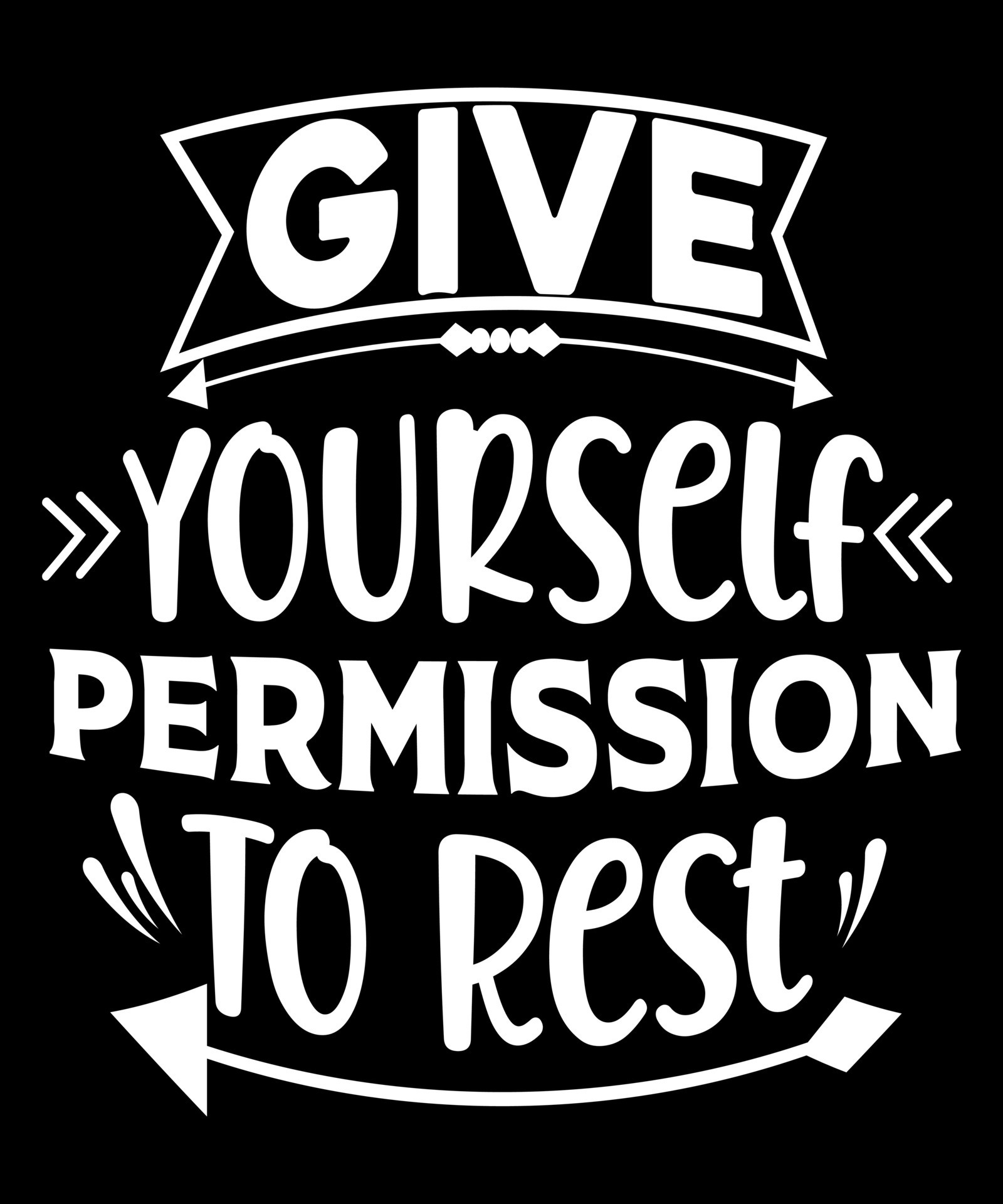Rest

Rest encompasses taking breaks, engaging in leisurely activities, and allowing your mind and body to recover from daily stressors. Regular rest can boost your productivity, creativity, and problem-solving skills, enabling you to perform better academically and enjoy a healthier lifestyle.
There are two categories of rest: Passive and Active.
Passive rest is taking a break from mental or physical exertion without engaging in specific activities to actively rest. During passive rest, individuals typically engage in low-energy or sedentary activities like lying down, sitting quietly, or napping. The focus is on allowing the body and mind to unwind naturally without exerting effort.
Active rest involves intentionally engaging in activities or practices that are designed to promote relaxation, reduce stress, and create a sense of calmness and inner peace. Unlike passive rest, active rest requires participation and effort. Individuals consciously focus their attention and energy on resting.
Both passive and active rest offer benefits.
benefits of rest
- Mind and body recovery from physical and mental exertion
- Interrupts the continuous cycle of activity allowing the the body's stress response system reset
- Maintains physical health, prevents fatigue, burnout, and exhaustion.
- Enhances mental clarity and cognitive function
- Improves concentration, productivity, and decision-making
strategies to rest better
- Schedule regular breaks
- Find activities that you enjoy doing and make time in your schedule for them
- Exercise regularly
- Use time management skills to prioritize tasks, break large tasks into smaller, more manageable steps
- Practice self-compassion by being kind to yourself, especially during times of stress or challenges
- Seek professional help if needed
Resources
- American Psychological Association (APA) - Stress: APA Stress Resources
- Mayo Clinic - Stress Management: Mayo Clinic Stress Management
- TopUniversities: Best Time-Management Apps for Students


